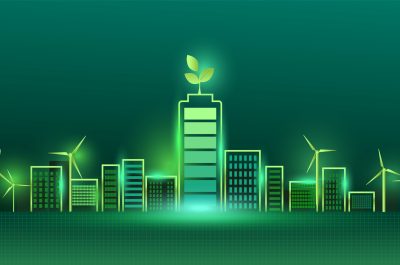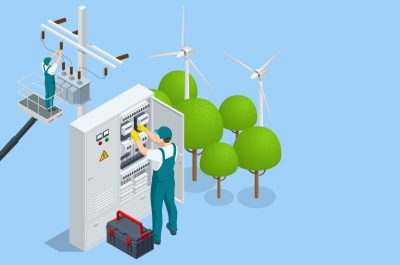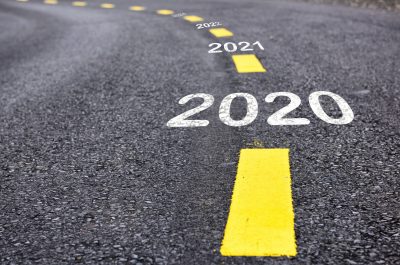No time to waste: unpacking an energy-focused Federal Budget
A future made in Australia, our nation’s transition to its fourth economy, and how the energy sector fared in this week’s budget.
Energy Networks Australia welcomes the Albanese Government’s 2024-25 Federal Budget which aims to deliver real “cost of living relief now, while maximising opportunities for the future”.
Treasurer Dr Jim Chalmers opened the National Press Club’s post-budget address yesterday with the view that not only is our nation going through an energy transition, but also an economic transition – into our fourth economy, powered by cleaner and cheaper energy.
This year’s budget brings a landmark shift towards a renewable energy economy, while also aiming to put downward pressure on inflation, supporting Australians with cost-of-living pressures (tax relief and energy bill rebates) and continuing to plan for and invest in the future.
There is no surprise, that with the ambitious goal of setting up Australia as a “renewable energy superpower”, the Treasurer has handed down a budget with renewable energy at its heart. Significant themes across the sector include:
- The creation of a Future Made in Australia Act to guide the identification of priority industries and investments, focused on two streams: net zero transformation and economic security and resilience. The budget notes that along with other policy actions such as international partnerships and market facilitation, scaling-up Australia’s clean energy manufacturing will assist in strengthening our clean energy supply chains.
- The establishment of new Community Benefit Principles to ensure government investment has flow-on benefits for the broader Australian community, and will support and the sector’s job and skills expansion.
- The National Energy Transformation Partnership which aims to improve how planning decisions are delivered.
Included in these commitments are an array of welcomed measures that are both short-term and future focused, committing to a renewable future with a skilled workforce and improved commitment to clean energy manufacturing industry.
- Renewable hydrogen: The 2024/25 Budget will establish a Hydrogen Production Tax Incentive for renewable hydrogen produced from 2027–28 to 2039–40 to incentivise greater investment in renewable hydrogen production. The Hydrogen Production Tax Incentive will provide a $2 incentive per kilogram of renewable hydrogen produced for up to ten years per project, between 2027–28 and 2039–40 for projects that reach final investment decisions by 2030, estimate $6.7 billion over the decade. This will operate alongside the expanded Hydrogen Headstart program.
- Community engagement: $20.7 million over seven years to improve community engagement in energy infrastructure, improving community benefits realisation in regional communities, and permanently establishing the Australian Energy Infrastructure Commissioner.
- Consumer energy resources: $27.7 million to better integrate consumer energy resources (CER) and and electric vehicles (EVs) into the grid
- Solar and battery manufacturing: $1 billion for the Solar Sunshot program (incentivising solar manufacturing) and $523.2 million over seven years in support for the Battery Breakthrough Initiative.
- Building capability and diversity: $91 million over five years to expand New Energy Apprentice Program and VET clean energy course. As well as $55.6 million for the Building Women’s Careers Program and $38.2 million to support diversity in science, technology, engineering and maths.
- Net zero investment: $209.3 million to expand the Net Zero Economy Authority, catalyse private and public investment, and support workers affected by the transition.
- Bill relief: $3.5 billion of energy bill relief, to all households and eligible small businesses.
Treasurer Dr Jim Chalmers said he expects a “robust exchange of views” on a budget like this, and that his focus will continue to be on powerful and targeted public investment, improvements to regulatory settings, immediate and long-term cost of living relief.
While we know we have an abundance of natural resources that the energy sector can leverage, one point made by the Treasurer yesterday certainly rings true: the one resource we don’t have at our disposal is “time to waste”.
Energy Networks Australia congratulates the Government on its commitment to the energy sector in this year’s budget. The proposed funding supports much-needed action on the development of green hydrogen to decarbonise of our gas system, the integration of CER and EVs into the grid in a manner that maximises opportunities for customers, and solving the workforce and supply chain challenges that are critical to delivering the transition on time and in support of Australian communities. While there will always be more to do – for example to support the development of a thriving biomethane industry or the broader roll-out of community batteries – we can see that these commitments will make a tangible difference on the path to net zero.
Energy Networks Australia looks forward to continued meaningful and robust engagement with the Government on the policy, regulatory and public/private investment settings that will be crucial for networks to enable our clean energy future.
Read Treasurer The Hon Dr Jim Chalmers’ National Press Club Address.


